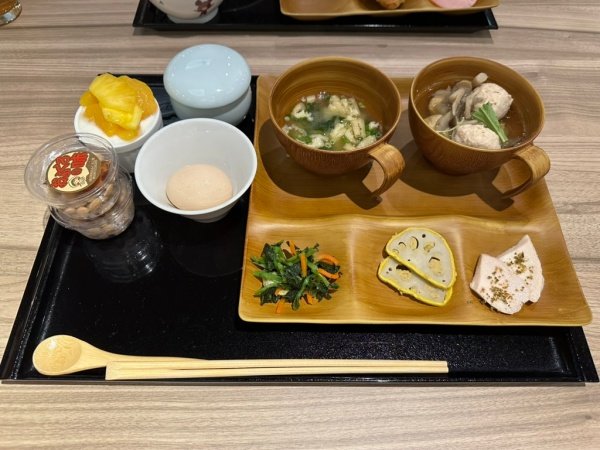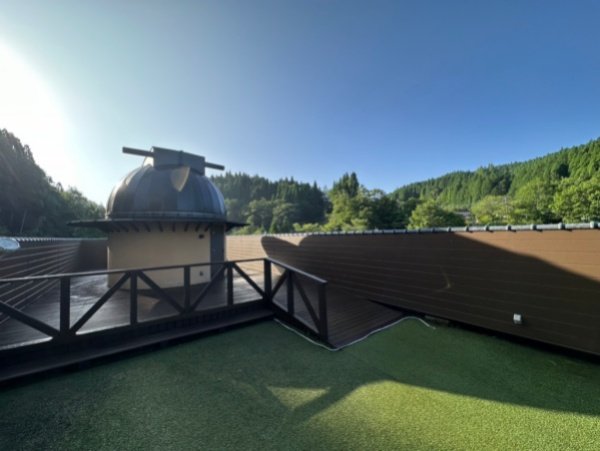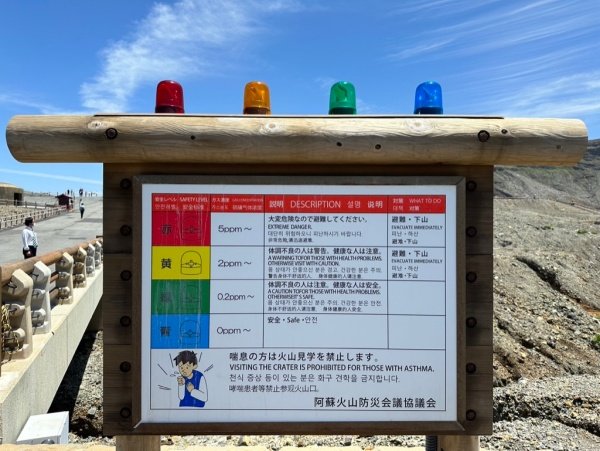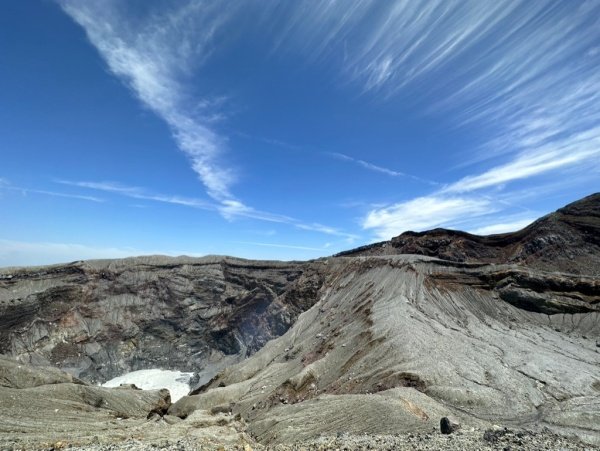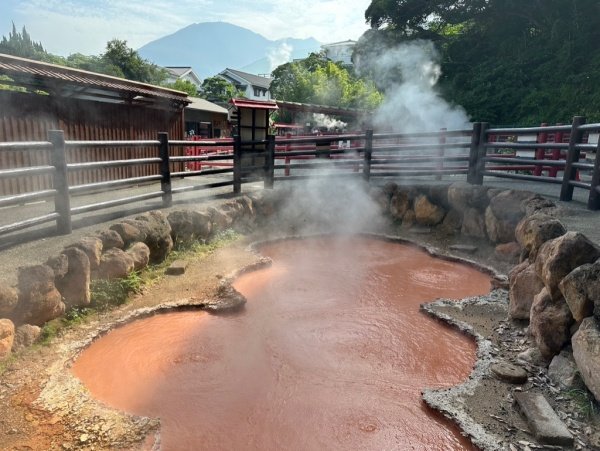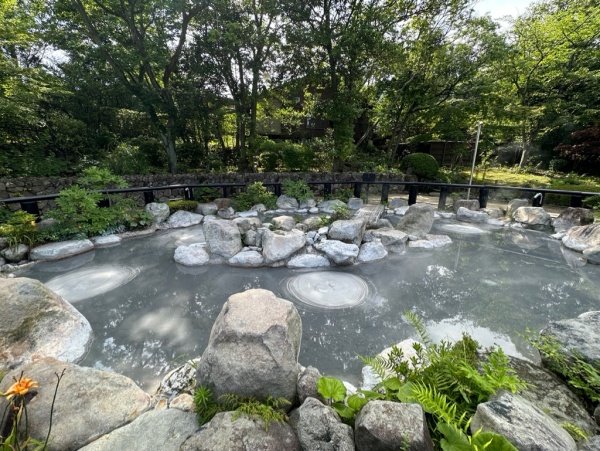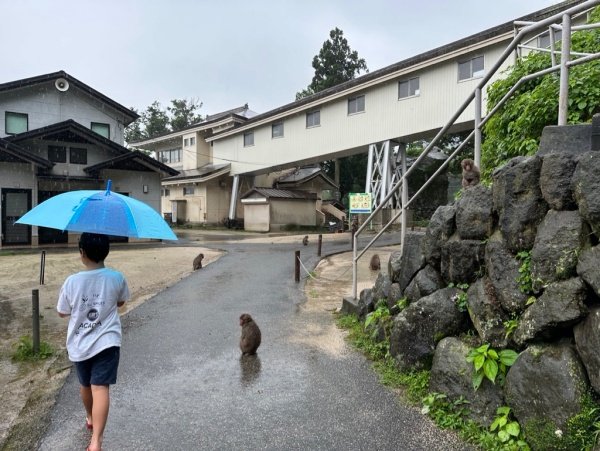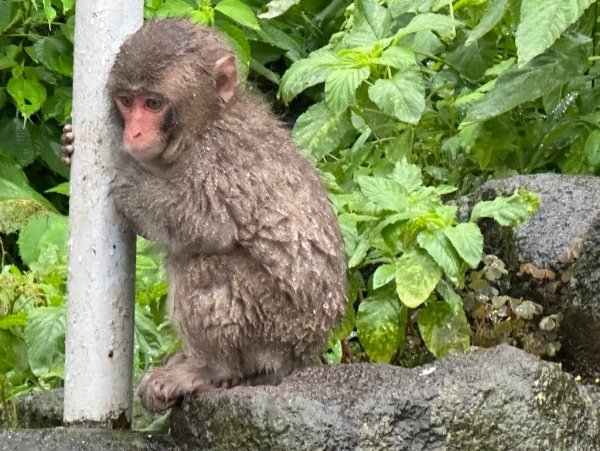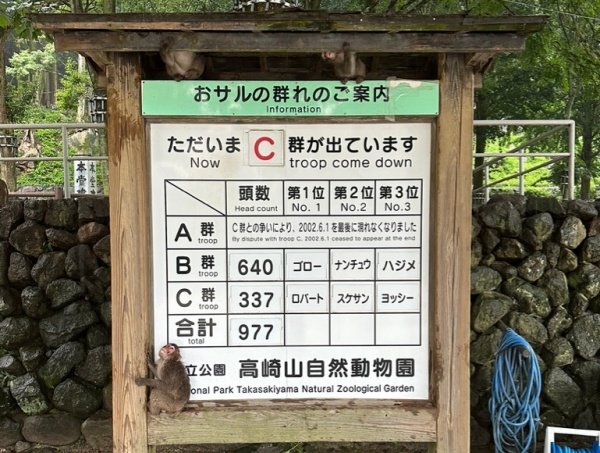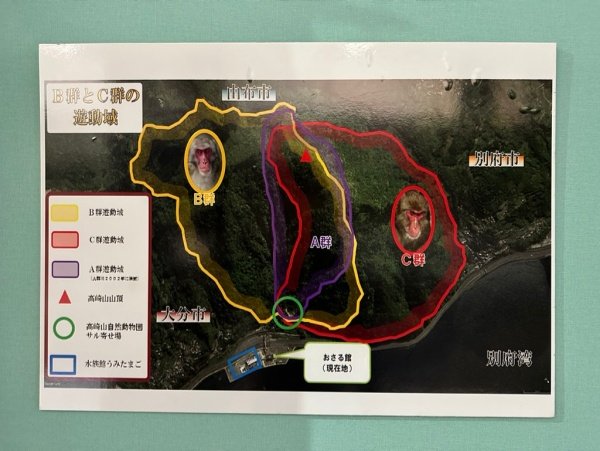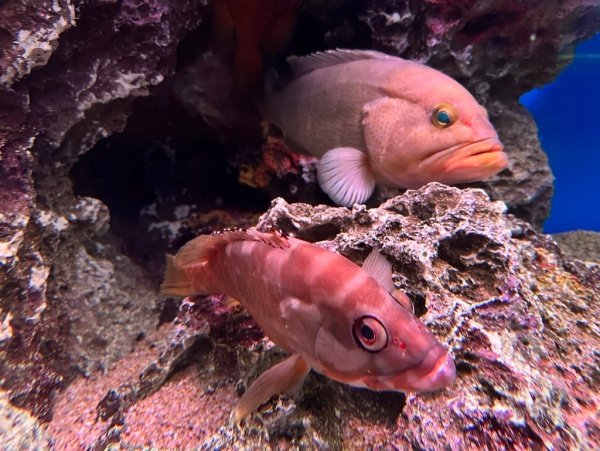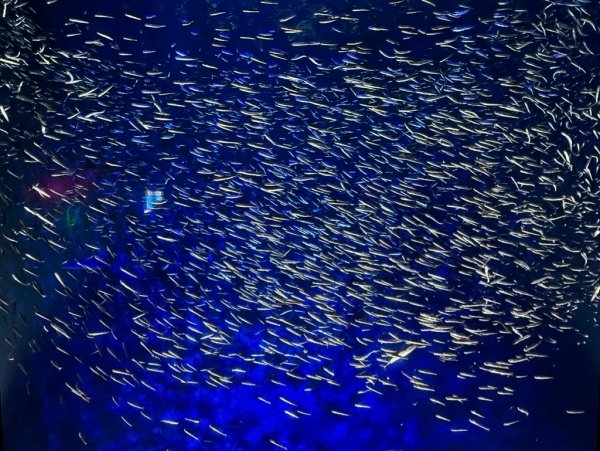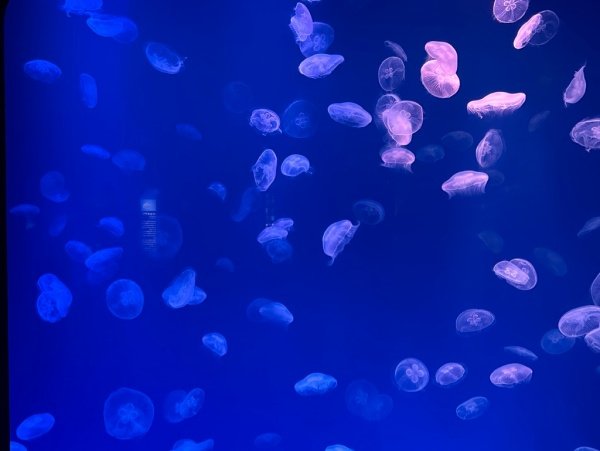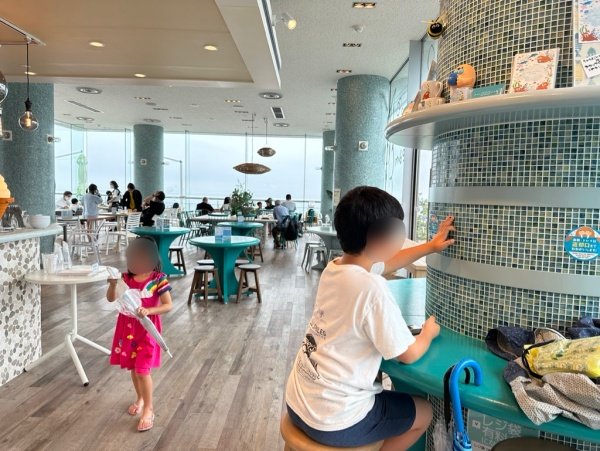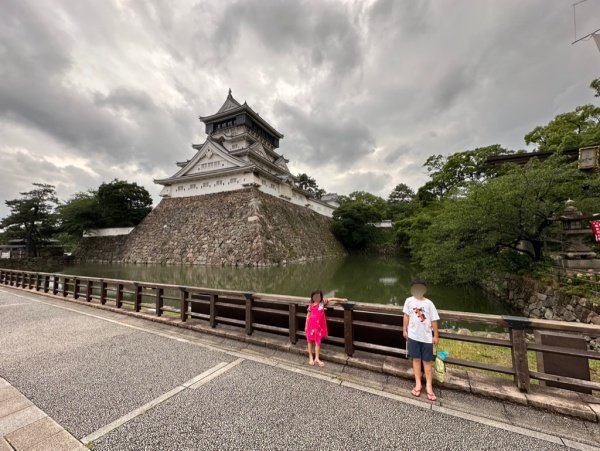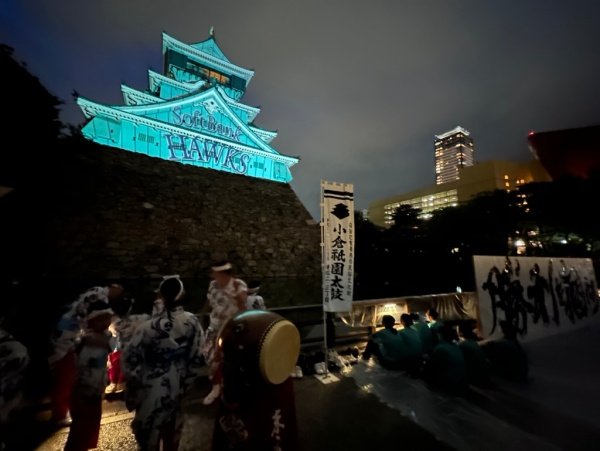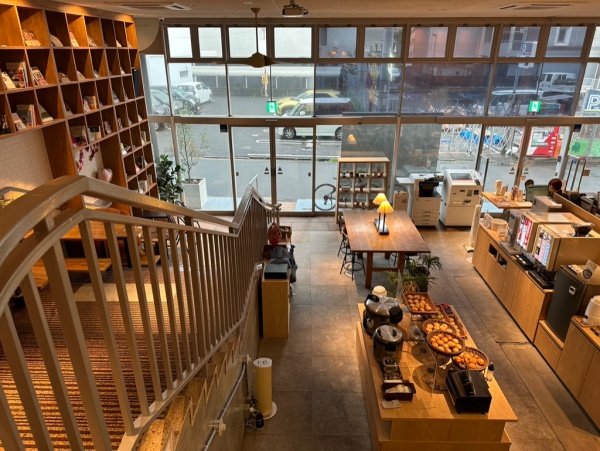Kyushu Quest Chapter 8: Descending From Heaven to Hell
Today was a super active day—we managed to visit three prefectures in one whirlwind adventure!
We kicked things off with a hearty breakfast at our ryokan, where the rooftop observatory offered an inspiring start to the day. The morning sky was absolutely stunning—clear and limitless, with not a cloud in sight. Buoyed by this perfect weather, we set out to avenge our previously thwarted attempt to visit Mount Aso. After an hour’s drive, we returned to this majestic peak to take in all its glory.
Mount Aso, the largest active volcano in Japan, is a true natural wonder. Its massive caldera, one of the largest in the world, is home to five distinct peaks known as Aso Gogaku. The star of the show, Nakadake Crater, showcases mesmerizing volcanic activity with its brilliant green lake and plumes of smoke. From the summit, you can gaze out at sweeping vistas, including the picturesque Komezuka cone and Daikanbo Peak, which make Mount Aso a paradise for nature enthusiasts and photographers.
Fortunately, today’s conditions were ideal, with no hazardous volcanic gases or adverse weather to contend with. On prior visits, the area had been closed due to safety concerns; the volcano’s sulfuric emissions and high winds can make the site dangerous at times. Today, however, we were treated to uninterrupted access.
The parking area at Mount Aso is expansive, accommodating the many visitors eager to explore. As we walked around, the surreal scenery made it feel like we had stepped into heaven itself. Clouds floated close enough to touch, blending harmoniously with the azure sky, and the lush green forests below seemed worlds away. It was as though we had become celestial residents, surrounded by endless beauty. We snapped countless photos, kept an eye out for wildlife, and savored the serene yet dramatic landscape.
After soaking in the heavenly vistas, we embarked on a 2.5-hour drive to Oita Prefecture, heading back in the direction we had come from earlier. Our first stop in Oita was Beppu, home to the iconic Jigoku Meguri, or “Hell Tour.” This unique attraction features a series of geothermal hot springs, each with its own vibrant color and character. These springs, far too hot for bathing, range from cobalt blue to fiery red and include geysers, bubbling mud pools, and even a crocodile pond. While perhaps best enjoyed by families, the quirky mix of nature and culture was fascinating nonetheless.
Next, we visited Takasaki Yama Natural Zoological Garden, a monkey sanctuary nestled on a forested mountain. Over 1,500 Japanese macaques roam freely here, offering visitors an intimate glimpse into their natural behavior. The park also hosts feeding shows managed by trained caretakers, ensuring the animals are well-fed while maintaining their wild instincts. Across the street, a museum provides insight into the macaques' social groups—three distinct troops with rich histories, although one group has mostly disappeared after losing a territorial battle. Watching these adorable monkeys was a highlight, and we left with both fond memories and countless photos.
Right next to the monkey park is Oita Marine Palace, or Umitamago, an aquarium that combines family-friendly fun with fascinating marine life exhibits. A particular standout was the display of bioluminescent marine life under black lights—a truly magical experience that brought the underwater world of Oita to life.
Highlights included an underwater tunnel, otter and dolphin performances, and hands-on opportunities to interact with sea creatures.
Rather than ending our day in Oita, we chose to press on and drove another two hours to Kitakyushu in Fukuoka Prefecture. This city, located in Kyushu's northernmost region, is steeped in industrial and cultural history. It played a pivotal role in Japan's modernization during the Meiji and Showa eras, and its Yahata Steel Works, established in 1901, is a UNESCO World Heritage Site for its contribution to Japan’s industrial revolution.
Our destination in Kitakyushu was Kokura Castle, a charming yet smaller counterpart to Kumamoto Castle. Surrounded by tranquil gardens, the castle blends traditional Japanese architecture with modern restoration. Inside, a museum delves into the region’s history, and its central location makes it a convenient cultural stop. That evening, we were lucky to catch a special event celebrating the Softbank Hawks baseball team. The festivities included a brush painting demonstration, taiko drumming, and a rousing performance of the Hawks' fight song, capped off with a light-up display.
As the night wound down, we stopped for a comforting meal of Sukean Udon (資さんうどん), a beloved local dish in Kitakyushu. While my family returned to the hotel, I decided to end my day at a unique manga café and hotel, リリーフ小倉ANNEX Book & Stay. I finally made it to bed just as dawn was breaking, but every moment of this jam-packed day was worth it!


